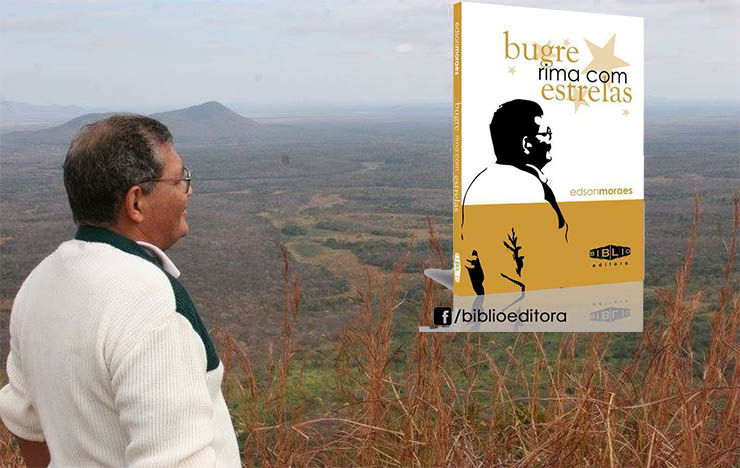The advantages of a free project in campo-grandense youth
- Luisa Almeida
- Aug 29, 2022
- 3 min read
The project Criança Ativa has been running for 22 years and has undergone many changes over the years. Today it is an extension project coordinated by Cláudia Diniz from the Physical Education course at the Dom Bosco Catholic University. It aims mainly to provide help and creative activities for the most vulnerable communities, but this does not prevent any child from joining it. Besides the workshops offered at the clinic-school at the university every Monday and Wednesday in the afternoon, the project also offers activities at the non-governmental NGO Meimei only on Mondays at the organization's building.
Through interdisciplinary socio-educational actions, it manages groups of children from 5 to 12 years old, developing socialization skills, autonomy, and allows these youngsters to be the protagonists of their learning about community and cultural values. As one of the goals of the Active Child project is to provide activities that are not normally found in elementary schools, it tries to expand the children's experiences as much as possible by providing workshops in sports, gymnastics, dance, arts, cooking, environment, and emotion management. Always seeking to approach human and social values, encouraging health practices and personal care, by means of dynamics, games, and individual and group activities, based on themes selected with the extension students, which aim to encourage collaboration, the relationship between peers through interdisciplinarity and collaborative practices. In addition, cultural and artistic activities are proposed in order to strengthen ties with families and strengthen family ties.
In this sense, the proposed actions aim to contemplate aspects of child development as a whole, the body, the well-being, the physical and emotional health, as well as the interrelations that are established with the environment, stimulating the practice of sports, games, and motor actions, in addition to healthy eating and personal hygiene care.
I asked the project's coordinator, Claudia Diniz, a physical education teacher, a few questions.
Q: How did you think about integrating other undergraduate courses and how can they help structure the project?
A: The organization of the project integrating several courses is an institutional requirement that foresees the articulation between several areas of knowledge.
Q: The project's capacity is to provide the most diverse experiences and dynamics for the children, how are the workshops offered to these young people?
A: The activities are offered in the form of workshops, with 5 to 6 workshops per meeting, in which each child chooses three to participate.
Q: In the university's website you can find about a closing activity for the family day, how is this kind of activity organized for the children?
A: The activity aims at strengthening the family bonds and bringing the project closer to the families, the organization is done by the extension students under the guidance of the project's teachers.
Q: With a project in operation for so many years in a face-to-face way, what are the main changes during the pandemic? And how is this adaptation working in this post-pandemic moment?
A: During the pandemic, adaptations were made trying to keep the assistance to the children in a remote way, conversation groups were provided with themes developed with the extensionists and teachers, unfortunately the internet access limited the assistance, but it didn't cease to exist during the pandemic. In the post-pandemic period, the activities have returned all face-to-face, always seeking to maintain the biosafety protocol, and parents are informed that any flu symptoms or uneasiness in the child cannot come to the project.
As a project volunteer and participant in the art, cooking, and environment workshops, I can state that throughout the semester the children develop together with us, and we learn together. I can affirm that the bonds created not only among the kids, but with us, the teachers of the workshops, are intensifying as the project evolves, thus encompassing a great capacity for different and fun activities for both the kids and the academics. I also believe that interdisciplinarity in itself transforms a monotonous classroom environment into a welcoming and caring place. Offering autonomy to the children, in the choice of activities, in giving feedback to the workshops they participate in, and mainly in being able to discover themselves within the various activities, is, in my point of view, something magical as an extensionist and counselor of these young people.



Comments